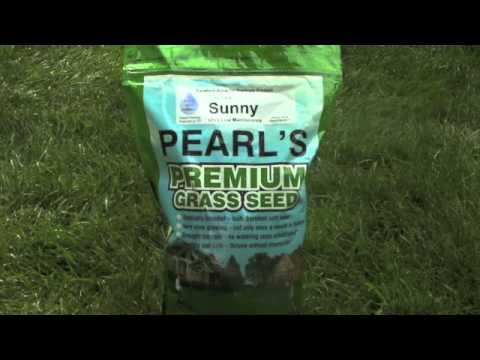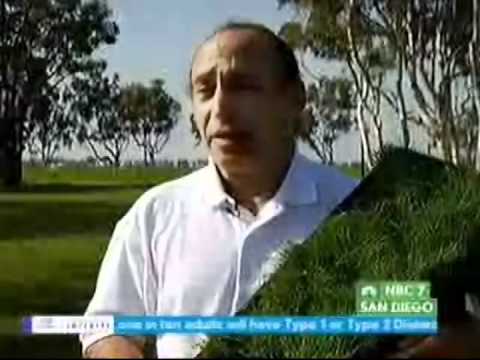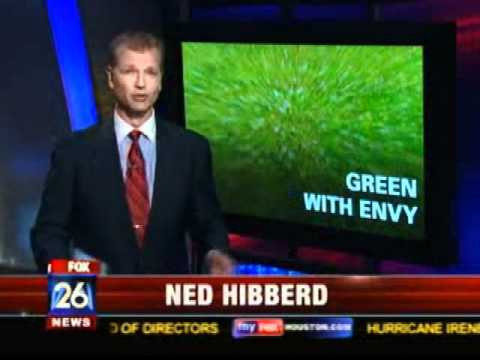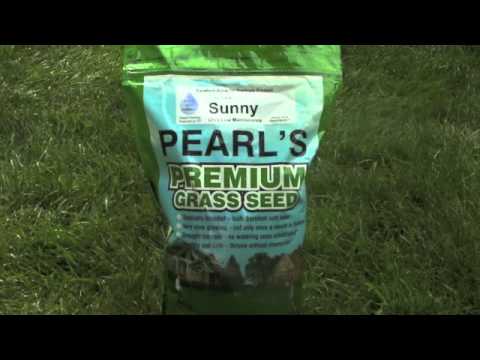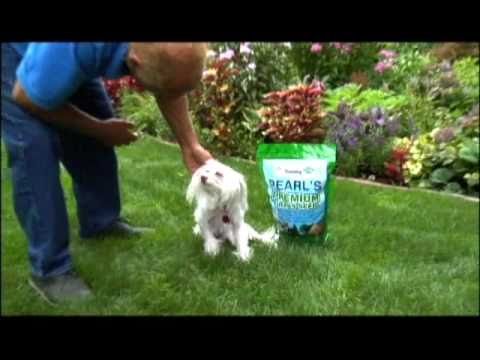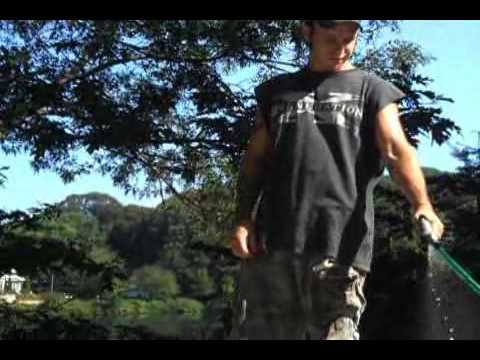Frequently Asked Questions
Ways To Make The Most of Your Lawn
Each year, American homeowners collectively spend millions of dollars on lawn care products -- everything from drought resistant grass to ultra-organic mulch, a new sprinkler head that uses less water, and computer controls that tie into the local weather to use less water when it is not so hot or rain is predicted. Consumers are more than willing to snap it up to the latest fad or innovation. But if you aren't using the right basic lawn care "best management practices" and techniques -- the grass -- is going to suffer. It will make the rest of your yard suffer too, no matter how much money you pour into it. And lastly, you will not save dramatic amounts of time, money and water on your lawn. The following tips help you to work smart not hard and have the best lawn on your street.
So, here are easy strategies to keep in mind when buying and using grass seeds, in order to get the healthiest and most beautiful lawn possible:
- SOIL TEST: If you really aren't sure where to start, it's a good idea to have a soil analysis done before buying anything for your lawn. You need to know what kind of soil you're dealing with and what it needs -- the pH level, the amount of moisture, the organic materials that naturally thrive in it -- and if you are missing anything in the soil or have too much of something that can be corrected. You can do this to give your grass the best odds toward a natural state and outcompete the weeds. Your grass is only as good as your soil and the choice of grass seed you use. How to take a soil test? Take a big tablespoon or small trowel sample of your soil from a half dozen random spots in you yard, from the top 3 inches of soil. Mix those soil samples together in a baggie. After you dry out the blended soil sample on a piece of news paper, then send to the UMASS Amherst soil Lab. They have a test for around $15 that comes back in a week and tells you what you need to do to correct your soil. You just want them to know that the soil test is for grass and the ideal pH for Pearl's Premium and many grasses should be between 6.0 and 6.8. If the pH is lower, you spread 40# of pellet lime per 1,000 sq feet. If the pH is higher, you use a small amount of sulphur to bring the pH down...do not over do it. The test may recommend a number of other simple things that can be done.
- USE CERTIFIED ORGANIC FERTILIZER OR ORGANIC COMPOST and no chemical weed and feed pesticides/products. Use organic fertilizers or better yet spread 1/4 inch of organic compost over the soil as a bed for the grass seed. These tend to be the best choices for anyone trying to augment their soil for a better more weed free grass. Organic Fertilizer or better yet Organic Compost is slow release, whereas chemical fertilizer is quick release and can burn the lawn if you use too much. And, the chemicals make the soil less permeable so more water runs off rather than getting to your roots. Lastly, chemical fertilizer is of a higher health risk to children, animals, drinking water and reduces the world's bee population...needed for food pollination. Due to the health and Bee issue, Europe has banned chemical fertilizer with pesticides as well all as parts of North America. The number of Americans who use all-natural lawn products is rising exponentially -- back in 2008, it was estimated that as many as 12 million households used only all-natural products -- and the lawn care industry is responding to this demand by making more organic products more affordable than ever.
- LEAVE THE CLIPPINGS. Instead of raking up grass clippings into piles and disposing of them, simply leave them in your yard after you mow. Use a mulching mower or a mulching blade you can get for an ordinary mower. By allowing the clippings to return to the soil and act as an all-natural mulch, this fertilizes your soil and helps hold moisture. This is a great way to ensure that none of the natural nutrients in your lawn clippings are taken away and this provides half of the nutrients your lawn needs.
- ALWAYS USE A SHARP BLADE. A sharp blade cuts the grass, whereas a dull blade tears the grass, creates 3 times the surface area at the cut and lets moisture out and disease in. Sharpen your blade after every ten hours of mowing, with a simple file, just file at the angle of the bevel. But always unplug the spark plug first before sharpening so it does not start up accidentally.
- MOW THE GRASS TALLER. Mow the grass ideally 3.5 inches tall to maximize roots and shade the soil to prevent all the weed seeds on the soil such as crab grass and other annual weeds from sprouting. Tall, thick grass not only has few weeds but grows slower and needs less water.
- USE AN ALL NATURAL DEEP ROOT GRASS SEED. Many of the common grasses in lawns everywhere do not belong here and require too much water. Because they grow so fast, and have such shallow roots (2-3"), they are unable to survive in heat without daily watering. Whereas, the all natural Pearl's Premium Ultra Low Maintenance Lawn Seed grows 12 to 48 inch roots and grows very slow. It looks better in extreme heat and cold, as well as needs only 1/4 the water and 1/4 the mowing with less weeds and no chemicals to stay green.
- SEE OUR TIPS ON PREVENTING WEEDS AND HAVING A BETTER LAWN AT OUR WEBSITE www.PearlsPremium.com and see our Frequently Asked Questions section. If that does not answer your questions, contact the helpful people at Pearl's Premium at 508-653-0800
Pearl’s Premium Ultra Low Maintenance Lawn Seed Frequently Asked Questions




